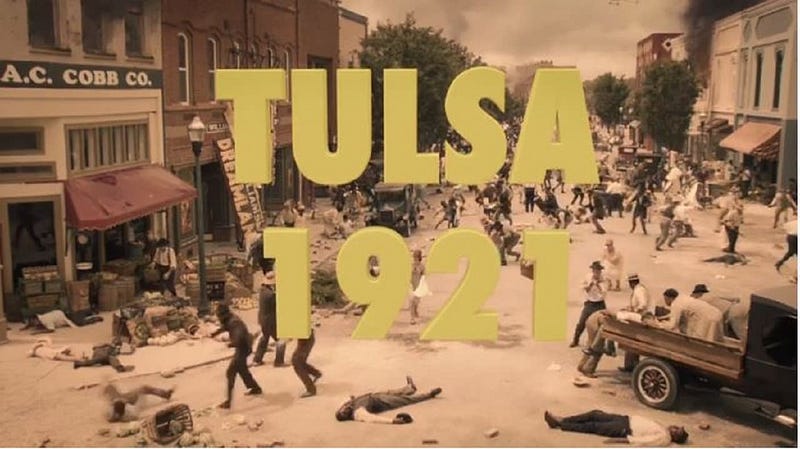Learning Historical Lessons Through Television
Written on
Chapter 1: Rethinking History Education
My educational background comes from the Orange County Public Schools, where I had the privilege of learning from inspiring teachers who made classes enjoyable. However, significant aspects of American history were notably absent from my curriculum. Instead, I discovered key historical events through unexpected sources.

The Tulsa Massacre
In 1921, a violent mob targeted and devastated a thriving black community in Tulsa, Oklahoma. This tragic event led to widespread destruction, loss of life, and the obliteration of an entire generation's way of living. In the aftermath, many black residents found themselves displaced and without shelter.
I first learned about this devastating chapter of history through the series Watchmen, which creatively reimagines aspects of American history, largely influenced by the events surrounding the Tulsa Massacre. The show opens with the harrowing scenes of bombings, and the repercussions of this tragedy shape a central character's narrative throughout the series. HBO made this compelling series accessible for free during a weekend to protest a presidential rally scheduled in Tulsa on Juneteenth—a significant historical date that was also overlooked in my education.
Chapter 2: The Impact of Hamilton
In recent years, Lin-Manuel Miranda has brought the story of Alexander Hamilton into the public consciousness. Today, Hamilton is recognized widely, and the formative years of the United States are vividly portrayed through captivating lyrics and remarkable choreography. Before the musical's success, however, my understanding of Hamilton was limited to a nostalgic 90s Got Milk? advertisement.
Chapter 3: Uncovering the Sea Dragon
As an enthusiast of 1960s NASA, my upbringing in Central Florida was filled with stories about astronauts and the Space Race against the USSR. Yet, my education was incomplete.
I discovered the Sea Dragon rocket, a NASA concept from 1962 that never came to fruition. This design was intended to be significantly larger than the Saturn V, capable of being launched from the ocean. The idea was that the Sea Dragon would be more cost-effective to construct and operate while having the capacity to deliver an entire space station in one mission. Additionally, it was designed for reuse. Unfortunately, due to budget constraints, NASA did not pursue this innovative project.
My knowledge of the Sea Dragon came from the alternative history series For All Mankind, produced by Apple. In this show, the narrative unfolds with Russia achieving lunar landing ahead of the United States, resulting in an ongoing Space Race that accelerates both technological and political developments beyond what our real history permitted.
Conversations with History - T. V. Paul discusses the impact of historical events on contemporary society.
The History Of Television explores the evolution of this influential medium and its role in shaping public perception of historical events.